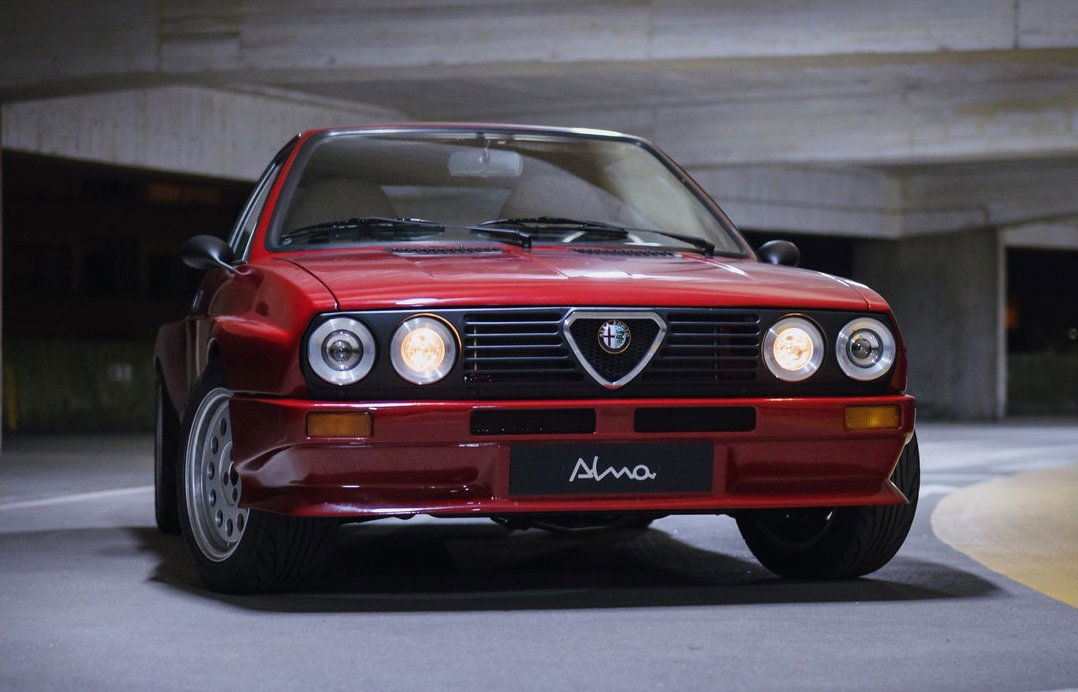The Alpine A290 Is An EV Hot Hatch With Real-Life Gran Turismo Licence Tests
 6.JPG?width=1600&aspect_ratio=16:9)
Nobody’s managed to get an electric hot hatch quite right yet. The Abarth 500e handles well but is irritating to live with and not all that quick. The MG4 XPower offers heaps of power for not much money, but is pretty joyless to drive. The Hyundai Ioniq 5 N is brilliant, but too big, fast and expensive to really be called a hot hatch. Could this, the Alpine A290, be the one to break the streak?
It starts off well, because Alpine is the artist formerly known as Renaultsport, once the undisputed leader of making satisfying-to-drive hot hatches. Having resurrected the Alpine brand in 2017 with the fantastic A110, Renault has now decreed that its future is electric, and this is where that future starts.
 18.JPG?width=1600)
If it looks familiar, that’s because it’s the hot version of the new Renault 5 E-Tech, the car that made us all sit up and take notice of mainstream EVs again. Using that car as a starting point, Alpine has thrown out the basic electric motor and replaced it with the one from the Renault Megane E-Tech which, depending on trim, makes 178 or 217bhp. The top versions have 221lb ft of torque. These peak figures are only accessed using the car’s ‘overtake’ function, though – more on that shortly.
Kerbweight is 1429kg – still porky by trad hot hatch standards, but almost identical to the much less powerful Abarth, and a good chunk less than the similarly potent Mini Cooper SE. The result is a car capable of… 106mph. Yeah, we’re still not used to unexpectedly low max speeds on EVs, either. Acceleration paints a much clearer picture of the car’s potential, with 62mph dealt with in 6.4 seconds. The official electric range hasn’t been signed off yet.
 25.JPG?width=1600)
Alpine has widened the A290’s track by 60mm over the standard 5, and given it bespoke hydraulic bump stops and new anti-roll bars. It gains the 320mm Brembo brake discs from the A110, albeit controlled through a new brake-by-wire system to allow them to better blend with the regenerative braking. Clever torque vectoring on the front axle will attempt to replicate the effects of a good old-fashioned mechanical locking diff. Finally, the 217bhp versions get racy Michelin Pilot Sport 5 tyres, which can also be specced optionally on lower-powered cars.
Rather than go down the Abarth route of trying to directly replicate a combustion engine, Alpine has developed two distinct soundtracks for the A290: Alternative Sound and Alpine Sound. The latter is more aggressive, but both sound somewhere between a combustion engine and the space-age hum we’re used to in EVs. There’s no Ioniq 5 N-esque attempts to recreate gearshifts, though.
 16.JPG?width=1600)
The inside shares much of its architecture with the new 5, including those dual 10-inch screens, but with some Alpine-y touches. Foremost of these is the new steering wheel, which features two switches with labelling directly lifted from the world of F1: the ability to adjust regen braking levels is dressed up as an ‘RCH’, or recharge, function; while ‘OV’, or overtake, provides those peak power and torque levels for bursts of up to 10 seconds.
The software behind that wall of screen ahead of the driver is unique to the A290. It gets bespoke graphics and various telemetry and coaching pages. Most intriguingly, it contains various driving ‘challenges’. Grouped into three categories – agility, power and endurance – these task the driver with completing a certain feat within given parameters, with a gold, silver or bronze medal awarded and the next challenge not unlockable until the first has been completed. Cue traumatic flashbacks to trying to get gold on licence A-13 in Gran Turismo 4.
 23.JPG?width=1600)
Available in four trims plus a kitted out, 1955-unit Premiere Edition (a nod to Alpine’s year of founding), Alpine forecasts a starting price of around €38,000 – around £32,300.



Comments